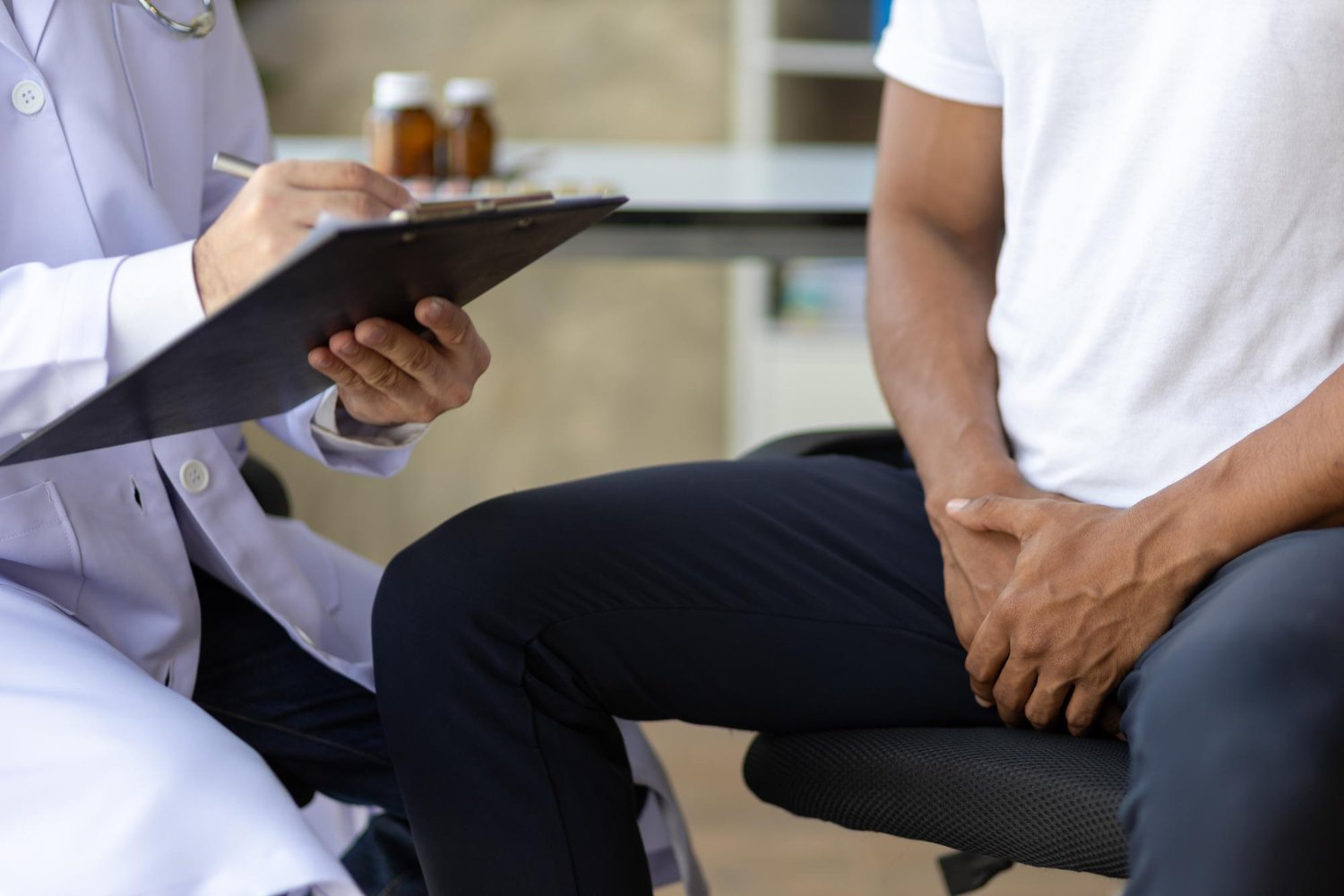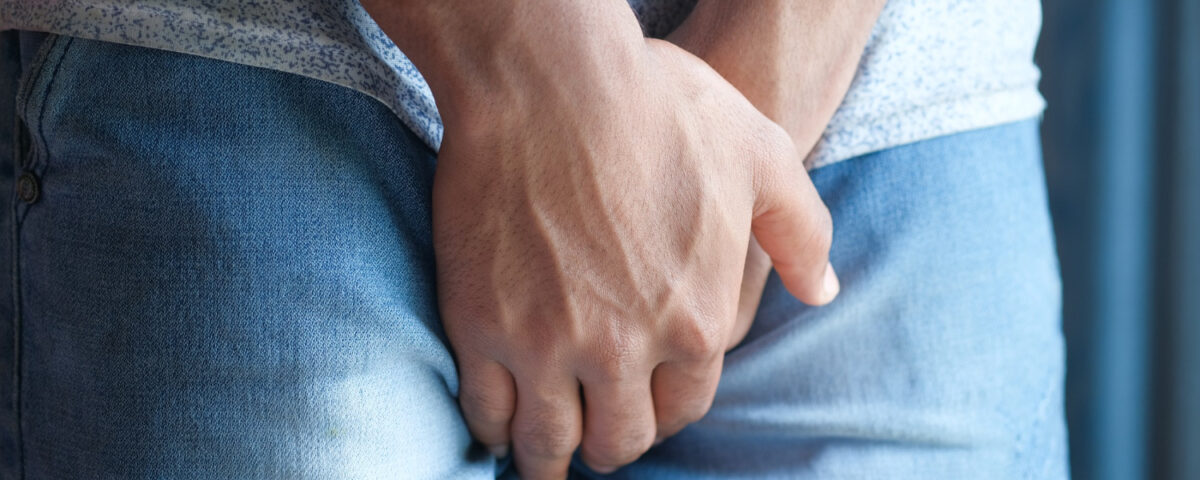What does Peyronie’s disease look like? This is one of the most frequently searched questions by men concerned about changes in the shape or feel of their penis. The worry is completely understandable. Peyronie’s disease, also known as Induratio Penis Plastica (IPP), can significantly alter the anatomy of the penis, often leading to anxiety, stress, and sexual dysfunction. Gaining a clear understanding of what this condition looks like is the first step toward confronting it with confidence and accurate information.
In this article, supervised by Prof. Fabio Castiglione, internationally renowned Consultant Urologist-Andrologist in London, we offer a detailed visual and descriptive guide. We’ll explore the signs in each phase, explain how to distinguish it from other conditions, and outline the latest treatment options, including cutting-edge non-surgical solutions proposed by Prof. Castiglione.
What does Peyronie’s disease look like? Penis anatomy and plaque formation: the source of change
To understand the appearance of Peyronie’s disease, we must first know the penis structure. The two cylindrical erectile bodies, the corpora cavernosa, are wrapped in a very tough yet elastic sheath called the tunica albuginea.
In Peyronie’s, fibrous scar tissue develops within this tunica, forming one or more plaques. These plaques are neither tumors nor contagious. They are hardened, inelastic areas of tissue. Because the plaque doesn’t expand like the surrounding healthy tissue during erection, it pulls the penis, causing curvature or other deformities. The exact cause is unclear, but repeated micro-traumas during sex or other injuries may trigger abnormal scarring in genetically predisposed individuals.
Early visual signs and symptoms: recognizing Peyronie’s at onset
Onset can be gradual or sudden. The first signs that send many online to search, combine visual and tactile symptoms.
Palpable plaques: what does a Peyronie’s nodule feel like?
The first sign a man may notice is a lump or hardened area under the skin of the flaccid penis. It’s not a visible bump like a pimple or cyst, but a plaque you feel by touch. Descriptions include:
- A flat, hard patch.
- A small nodule—like a grain of rice or lentil.
- A thicker band of tissue along the shaft.
- These plaques most often appear on the dorsal (top) side of the penis but can occur anywhere on the shaft.
Penile curvature or deformity
The most characteristic sign is penile curvature during erection. The direction depends on plaque location:
- Dorsal plaque → Upward curvature (most common).
- Ventral plaque → Downward curvature.
- Lateral plaque → Curve to left or right.
Sometimes plaques encircle the shaft, causing an “hourglass” narrowing. Less commonly, indentations or overall shortening occur.
Pain with erection
In early stages, pain with or without erection is common. Inflamed plaque tissue under tension during erection often causes discomfort.
Notice a lump or curvature and wondering what Peyronie’s looks like? Act now. Prof. Fabio Castiglione can provide clear diagnosis and a tailored treatment plan. Call +447830398165.
Clinical evolution: acute vs. stable phase

Peyronie’s disease evolves through two distinct phases. Knowing your phase guides therapy choices.
Acute (inflammatory) phase
Lasts 6–18 months. Features:
- Active inflammation: Plaque forming and changing.
- Pain: Often during erection.
- Progressive changes: Curvature and deformity worsen.
Ideal window for non-invasive therapies, as proposed by Prof. Castiglione, to modulate inflammation and limit damage.
Stable (chronic) phase
Inflammation subsides and disease stabilizes. Characterized by:
- Mature, often calcified plaque.
- Fixed curvature.
- Pain reduction or disappearance.
Conservative treatments may still help, but severe curvature preventing intercourse may require surgery.
Look-alikes: conditions confused with Peyronie’s

Other issues can mimic Peyronie’s. Specialist evaluation is crucial to distinguish:
- Acute trauma (penile fracture).
- Unrelated soft-tissue calcifications.
- Sclerosing lymphangitis.
- Mondor’s disease of the penis (superficial vein thrombosis).
Only an experienced urologist-andrologist can make the correct differential diagnosis.
Confirming diagnosis: the Prof. Castiglione approach
Accurate diagnosis underpins successful treatment. At Prof. Castiglione’s London clinics, evaluation includes:
- History & physical exam: Detailed history + palpation to locate and assess plaques.
- Baseline penile ultrasound: Visualizes plaque size and calcification.
- Dynamic penile color-Doppler ultrasound: Gold-standard test under pharmacologically induced erection to measure curvature angle, assess blood flow, and plan personalized therapy.
Has your penis shape changed? Understanding what Peyronie’s looks like is step one. Step two is expert consultation. Call Prof. Fabio Castiglione at +447830398165 for your specialist assessment.
Treatment options: from shockwaves to surgery

Many treatments exist. Choice depends on disease phase and curvature severity:
Non-surgical therapies: Prof. Castiglione’s innovative approach
- Low-Intensity Shockwave Therapy (Li-ESWT): Shown in Journal of Sexual Medicine to reduce pain, improve blood flow, and break down plaque.
- PRP + P-Shocks (The Fabio Protocol): Advanced regenerative therapy combining Platelet-Rich Plasma injections with shockwaves to stimulate healing, reduce inflammation, and remodel tissue.
- Penile traction devices: e.g., RestoreX for daily mechanical stretching.
When to consider surgery?
Reserved for stable phase with severe curvature (>60°) preventing intercourse:
- Nesbit plication: Shortens the longer side to straighten.
- Plaque incision/excision with grafting: Cuts plaque, adds graft to preserve length.
- Penile prosthesis: Corrects both curvature and severe erectile dysfunction.
Frequently Asked Questions (FAQ)

How do you know if you have Peyronie’s disease?
Key signs: palpable nodule, new curvature on erection, sometimes erection pain. Specialist diagnosis required.
Does Peyronie’s ever go away on its own?
In ~10–15% of cases, mild disease may improve spontaneously. Most stabilize or worsen. Don’t wait on chance.
What else can mimic Peyronie’s?
Trauma, sclerosing lymphangitis, unrelated calcifications. Only dynamic Doppler ultrasound can confirm.
What does Peyronie’s feel like?
A hard patch or nodule under the skin on palpation; tension or pain at the curvature during erection.
Conclusion: early diagnosis & tailored treatment
Knowing what you’re dealing with is step one. Though often alarming, Peyronie’s is manageable. Early intervention in the acute phase with innovative non-surgical therapies can limit progression and preserve sexual function. Prof. Fabio Castiglione and his London team provide world-class diagnostic and therapeutic care, backed by the latest science and a personalized approach. Don’t let fear hold you back.


